Art History
There Are No Pictures of Van Gogh as an Adult, So a Digital Artist Created Eerily Realistic Photos to Show How He Might Have Looked
No photographs of the artist as an adult have survived to this day.
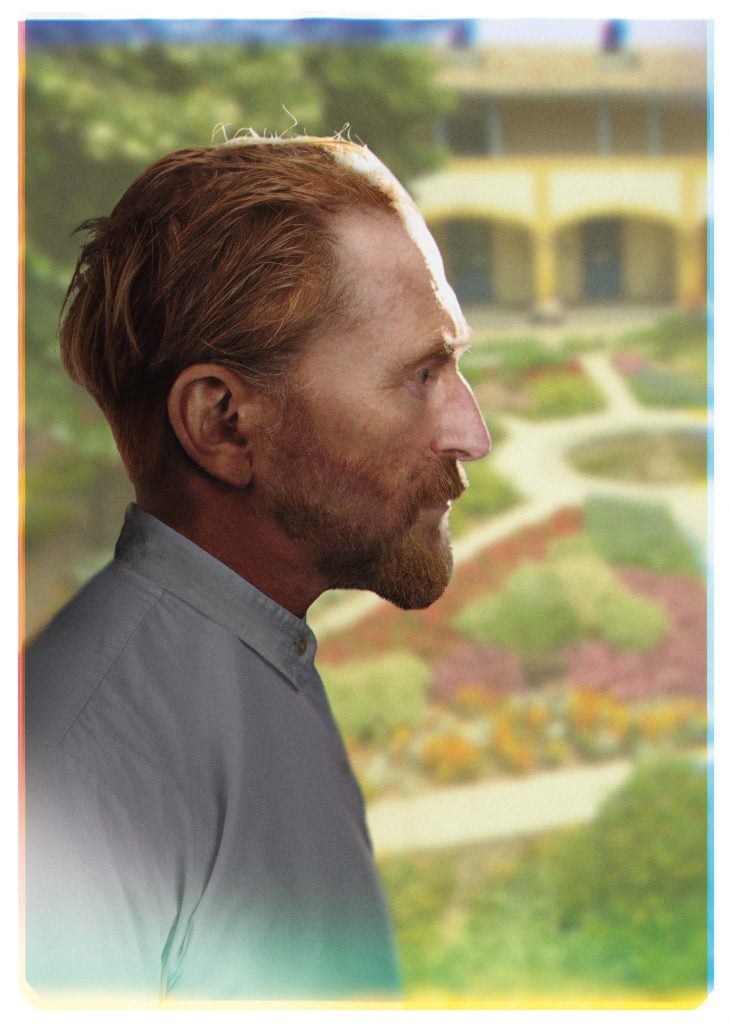
No photographs of the artist as an adult have survived to this day.

Sarah Cascone

Vincent van Gogh was a master of the self-portrait, but those highly stylized depictions are the only clues we have to the famed Post-Impressionist painter’s appearance, as there are no confirmed photographs of the artist as an adult.
But in a mesmerizing new art project, digital artist Ruud van Empel has created lifelike “photographs” of Van Gogh, some of which are as convincing as deep fakes. Yet Van Empel has been creating similar digital collages since the early 1990s.
“With my first computer, I experimented in composing a portrait made from different photos of different models,” Van Empel told Artnet News in an email. “Over a period of 10 years, I refined this technique.”
Van Gogh’s birthplace, the Vincent van GoghHuis in the town of Zundert in the Netherlands, actually commissioned Van Empel to put his skills to use rendering a realistic Van Gogh portrait, as well as creating photographic versions of some of the artist’s most famous floral still life and landscape paintings.
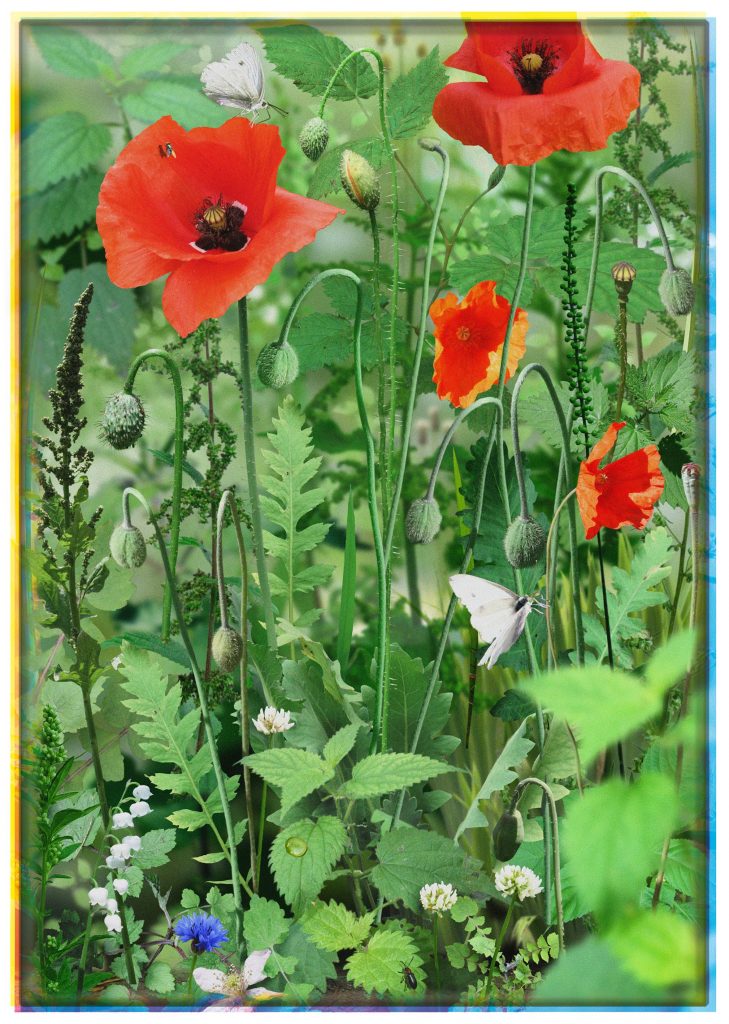
Ruud van Empel, Van Gogh #2 (2020). Photo courtesy of the Vincent van GoghHuis.
“They knew my technique and it seemed interesting to them to apply it to portraits of the famous painter, because nobody knows what Van Gogh looks like,” Van Empel said. “There is only one photograph of him were he is about 18 years old.”
Originally slated to open late last summer, the exhibition was delayed by the pandemic and will now open in August.
Bringing Van Gogh to life in involved tracking down men who closely resembled the artist and pressing them into service as models.
Making Van Empel’s search considerably easier was the world’s ongoing fascination with Van Gogh lookalikes. Van Empel found a database of entrants to a Van Gogh contest and was able to track down contact information for several doppelgängers who lived in the Netherlands.
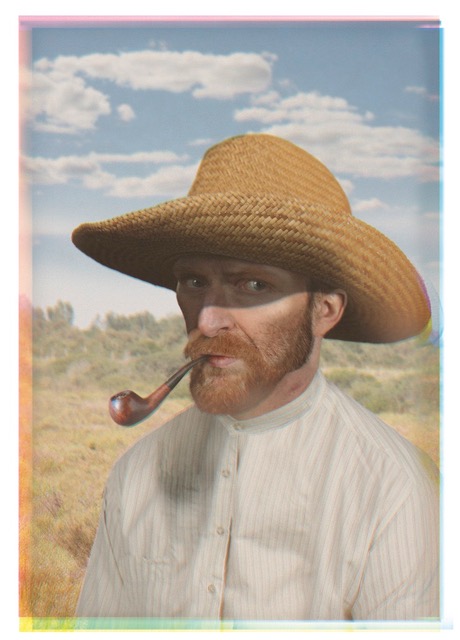
Ruud van Empel, Portret Vincent #5 (2020). Photo courtesy of the Vincent van GoghHuis.
“I approached them, and to my surprise some of them turned out to live near me in Amsterdam. That was very special,” Van Empel said. He began photographing the lookalikes in his studio and then cherry picking the features of each that most closely resembled the famed Dutch artist as he appeared on canvas.
“Sometimes I pasted pieces of skin, cheeks, nose, and eyes over the self-portraits to model a face that had exactly the same proportions as in the painting,” Van Empel said.
For backgrounds, he chose scenes from Van Gogh’s life, such as Provènce or his studio. He also did some portraits in the style of antique photographs, adding to the illusion that these images are the real deal.
Van Empel was less worried about precise replication of every leaf and flower in Van Gogh’s still life paintings.
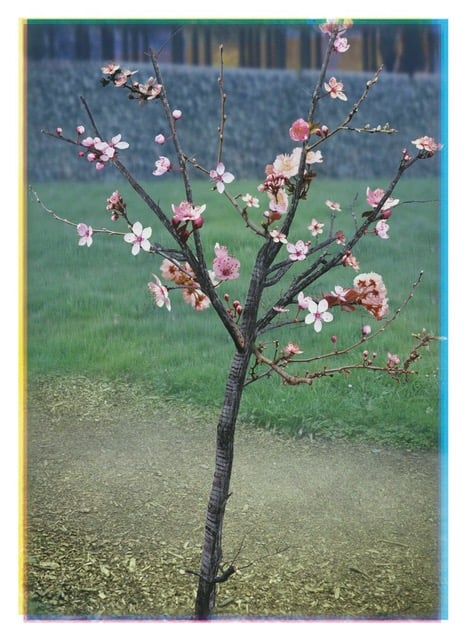
Ruud van Empel, Van Gogh #3 (2020). Photo courtesy of the Vincent van GoghHuis.
“I tried to recreate the compositions as precisely as possible, but I discovered it did not produce a meaningful result,” Van Empel explained. “I was inspired by his work, but interpreted it freely.”
And Van Empel doesn’t claim to have created a definitive likeness. He also generated images with head-on and profile poses that Van Gogh never depicted himself in.
“The portraits differ a lot from each other. The facial features are always different, making it actually impossible to create an image of the painter that matches the image we have of him,” Van Empel explained. “Van Gogh’s self-portraits are actually representations of moods and not precise representations of his appearance.”
“The portraits I made of Van Gogh show how I see him,” he added. “That is my personal interpretation, because everyone sees him in their own way.”
See more works from the show below.
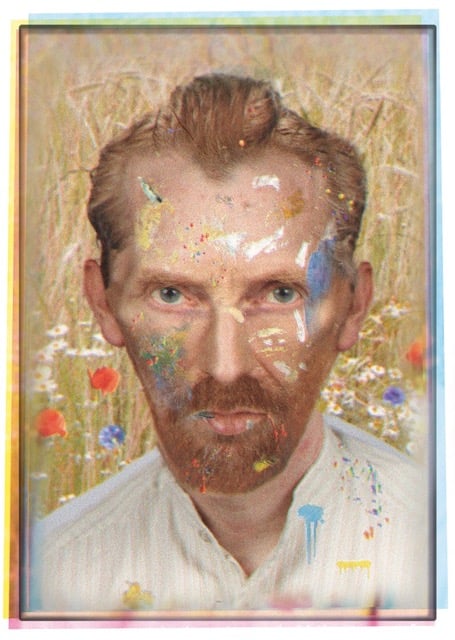
Ruud van Empel, Portret Vincent #8 (2020). Photo courtesy of the Vincent van GoghHuis.
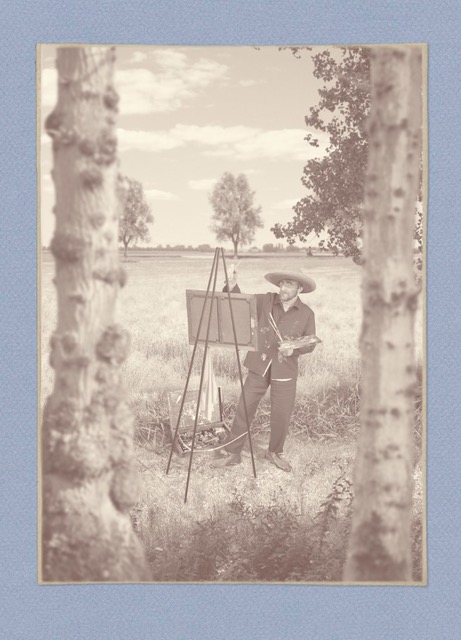
Ruud van Empel, Portret Vincent #6 (2020). Photo courtesy of the Vincent van GoghHuis.
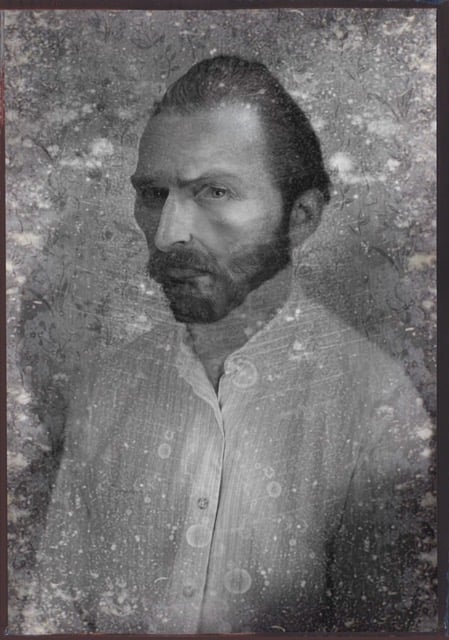
Ruud van Empel, Portret Vincent #4 (2020). Photo courtesy of the Vincent van GoghHuis.
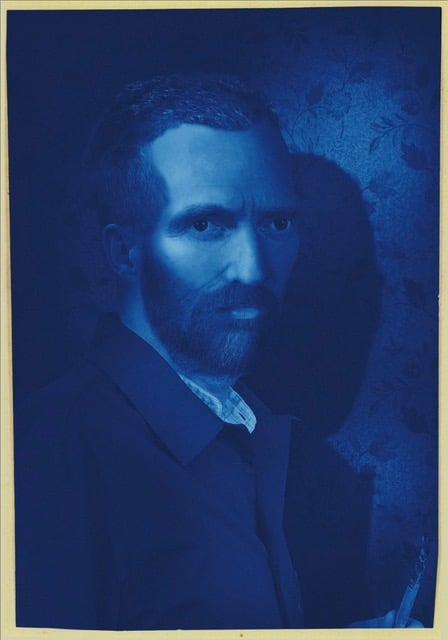
Ruud van Empel, Portret Vincent #3 (2020). Photo courtesy of the Vincent van GoghHuis.
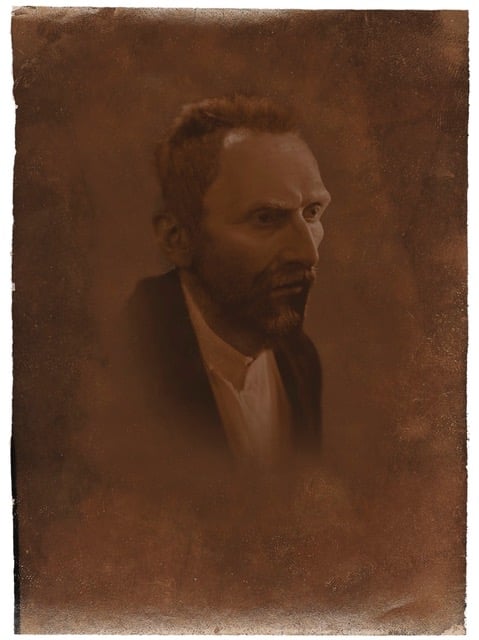
Ruud van Empel, Portret Vincent #2 (2020). Photo courtesy of the Vincent van GoghHuis.
“Ruud van Empel: Inventing Van Gogh” is on view at the Vincent van GoghHuis, Markt 26-27, Zundert, Netherlands, August 14– December 5, 2021.